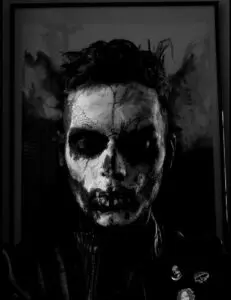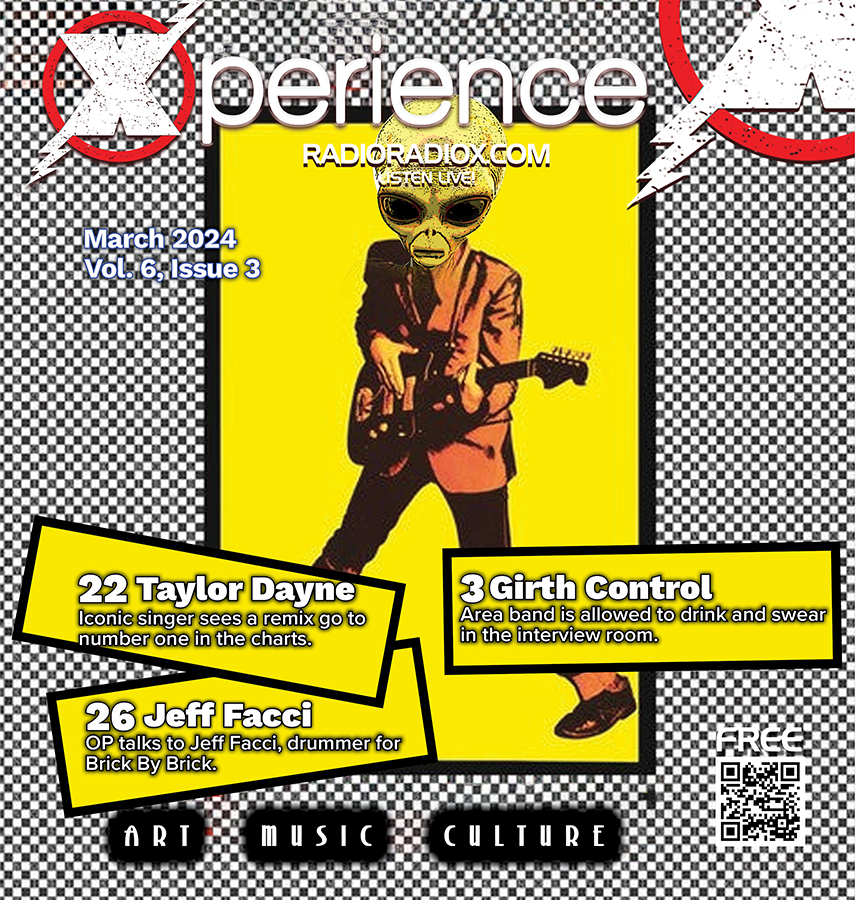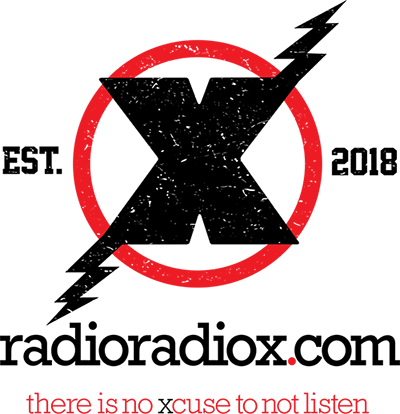The Journey of Total Art- Maxime Taccardi -Interview By: Liam Sweeny
By Staff on October 2, 2021
 We have a strange relationship with darkness. We get a kick out of zombies and mummies on Halloween, but we fear flesh-eating diseases and terminal illnesses. We run from dark things, and turn to face them, and explore them, when they’re trapped in the cellulite of film, or infused in the fibers of paper pulp or canvas.
We have a strange relationship with darkness. We get a kick out of zombies and mummies on Halloween, but we fear flesh-eating diseases and terminal illnesses. We run from dark things, and turn to face them, and explore them, when they’re trapped in the cellulite of film, or infused in the fibers of paper pulp or canvas.
Maxime Taccardi is a French artist and writer that once and again brings fears to the streets of the Capital Region noir. The darkness of his illustrations and paintings are surpassed only by the brilliance of his composition and absolute consistency of his technique. If there isn’t a hell, Maxime might be creating it.
RRX: You’re from France, Paris to be specific, and you spend your time going back and forth between there and the Capital Region. Of course, your calling travels with you. How is the transition between operating in the French art community and operating in the American art community with regard to the cultural aspects of your work?
MT: Yes, that is right, my wife is from the Albany area so I had the pleasure to visit and stay here for a while. I was a teacher near Paris for ten years but quit in 2020 to focus on my art and move here. The art community is basically the same over there in terms of getting art shows and things like that, but I feel the Americans might be a little more open minded compared to the French. As an artist evolving in dark themes, the head of the Paris school was a bit scared and worried about me and my art, it was a relief for them when I told them I was planning on quitting the educational system. They just want puppets to obey and don’t go out of the scheme. That being said, I always had a great relation with my students and I feel my eccentricity brought them something.
RRX: Your work is very fantastical and dark. Someone seeing your work might think you live in a world of darkness yourself, and there may be truth in common guesses, but there’s a separation between artist and art. What’s something about your life that contrasts with the thrust of your work? And what’s something that drives it?
MT: I’ve always been driven by urges to create and translate what I see in my dreams and visions. It took a darker turn when my parents died of cancer when I was in college. I guess the darkness surrounding my work was a way for me to cope with their loss at that time. But like you mentioned, there is indeed a separation between the art and the everyday life even though I consider it to be faces of the same entity. It is a catharsis, an outlet to make something out of my darker feelings.
RRX: You paint and draw with a varied technique, not only bringing your style “out of culture,” like a demonic Mr. Burns from the Simpsons, but in exploring media with paint, pencil, pen, and in some pieces, your own blood. Since every media has its own peculiarities, which one is the wildest ride, and why? Is it blood, or something else?
MT: I enjoy experimenting with all sorts of techniques, I also work sculptures, music, video etc. There is that principle, theorized by Wagner called Gesamktkunstwerk in German which means total art: It has to be seen as the melting of all senses into one which is called synesthesia and this marked me on a deep and spiritual level. To answer your question, the wildest has to be the blood indeed, I’ve been working with it for the last decade. I wanted to simply put some of myself into my work, literally. This is also some sort of a ritual; I could use a syringe but I rather use the pain resulting from the cut as part of the process. Kind of like Jackson Pollock for which the ritual and the dripping was also important but in a macabre way for me. The final result isn’t only the art in itself, the whole process is part of it. There was also a quote by Picasso which always influenced me, he said that if he had been imprisoned and left without anything to paint, he would have used his saliva and fingers. Upon reading about that, I thought to myself, why not use your own blood? I see it as a statement, the art being one with the artist.
RRX: You have your work coming on October 22nd to Etrice Gallery, an Albany gallery owned by Davion Brink, son of Capital Region musician Maria Brink, from In This Moment. Galleries are the stage of the artist, probably one of the places an artist is really putting themselves out there live. What makes a great gallery exhibit for you, all things factored in?
MT: My exhibition is entitled “Beyond Khaos” and will take place at Etrice Gallery indeed. I like when the people working in galleries give artists the chance to control the visual aspect with the configuration and also in terms of sound as I will have my music playing during the opening. Both are deeply linked, my music being the sonic translation of my paintings. It is like a communion of spirits; galleries help artists to be seen and it is also a sign of trust which I’m really grateful for. I also have to mention my wife Kristen who is my business manager and assists me on a lot of aspects, she helps me to promote, find the venues etc. and also provides me an inexhaustible source of inspiration.
RRX: You have hundreds of thousands of followers on Facebook and thousands on Instagram. It seems that social media, Instagram in particular, has become the vehicle to beat for gaining an artistic presence. Do you think social media changes the kind of work you do when you’re looking at a blank canvas? Why or why not?
MT: It is a great help for sure despite the censorship going on lately. I’m not going to lie, social media really increased my reach in the art world but it does not affect my creative process as I never think of what people will think of it, art is very personal and as long as you are true to yourself, the biggest part is achieved. Besides, most of my art is very spontaneous so sometimes I don’t know what will come out of the canvas but the urge is too strong to let go.
RRX: You’ve also written books, namely the Book of Death. From what I’ve seen, it’s like the Necronomicon with a little more class, or Davinci’s evil twin’s notebook. It’s great to see exactly how you incorporated picture and verse, and how the words have a scrawl that complements the demonic imagery. What was its creation story?
MT: The Book of Death has been handwritten in three years and is a compilation of my poems and essays with illustrations matching the texts. I see it also as some sort of a diary, an artistic journal compiling my thoughts etc. The second volume, called The Book of Demons, follows the same formula but with a poem for each demon that appeared in most religions, from Zoroastrianism to the Abrahamic faiths. The third volume will be entitled The Book of Shadows and I’m still working on it. I also published another book called Beyond Khaos which is about my art in general covering 15 years of work. They are all available from my publisher Heavy Music Artwork which is located in London, England.
RRX: This is where you answer the question I didn’t ask. Tricks? Tips? Educate, enlighten, emote – the floor is yours.
MT: First of all, I’d like to thank you Liam for the interview, it really means a lot to me. Art is very important in this world in my opinion, it can take different shapes and forms and it remains a real form of freedom anyone can taste or be part of.




 RadioRadioX
RadioRadioX